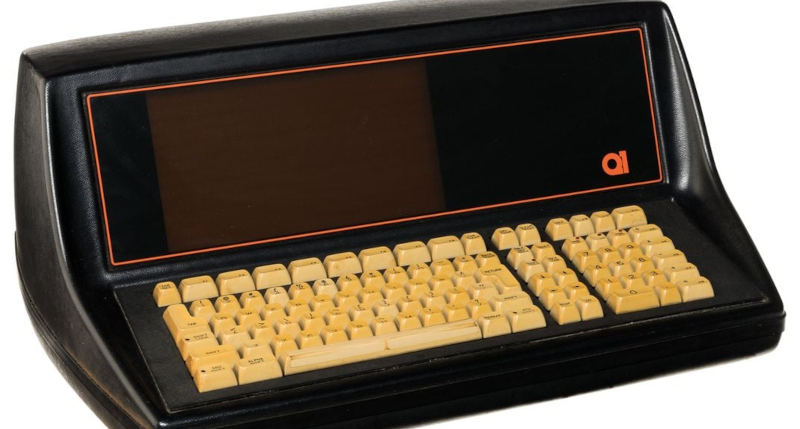According to Smithsonian Magazine, a salvage company in London was cleaning out a property and found an odd-looking computer device. No one knew what it was, and they couldn’t find anything with a quick online search. The devices in question were two ultra-rare Q1 computers dating from the early 1970s.
While these machines looked formidable, they contained Intel 8008 CPUs but did have built-in screens, keyboards, and printers. The two machines had a few minutes of fame at Kingston University London and are now for sale. They will probably bring about $60,000 each. Not bad for salvage junk.
Ironically, the $60,000 price tag is lower than the original cost, reported at $90,000. The article reports that many Q1s were employed at NASA sites around the United States. There are also reports they were sold in Europe and Asia. It wasn’t clear if the newer machine was one of the Q1s that used a Zilog Z80 instead of an 8008 or if both devices used the original Q1 CPU.
If you haven’t heard of the Q1, you haven’t been keeping up with your Hackaday reading, but you can watch the video below. Sure, that’s a Z80 machine, but you do get a peek inside. The 8008 gets a bad rap, but for the time period, it was certainly high-tech.

















As it happens, I have an 8088 here. Think I saw one of these in “Star Trek TNG”
That’s what a computer should look like—speaking of Star Trek—here is a great nacelle cap:
https://m.youtube.com/watch?v=Jjg6-xT6rJg
The display looks like one of those early orange-glow plasma
The design is timeless.
Most if not Plato terminal/computers used a full mesh plasma wire array generating evenly placed dots suitable for graphics that was also transparent/translucent. Why? So you could project a color microfiche slide show from behind. This display appears to have wide horizontal gaps every 8 lines. Likely this display is intended for fixed size numbers / letters only.
The very first thing i would do before doing anything else: put some tape to mask the window of these UV erasable EPROM to ensure that not bit is flipped in there extremely rare content!
Good point! A task so simple it isn’t even worth the discussion.
No one has seen the Q1 that could be the world’s first. These pictures and presumably what was found is the more common later version from, I think 1976. It is rumored that the earlier models only had a calculator display.
If you read the linked article, the devices that were found were a 1976 Q1Lite with separate printer, and a 1972 Q1 with built-in printer.
The original Q1 [the 8008 based system] had a single line 80 character plasma display.
The console also Incorporated a daisy wheel printer.
The second generation system [the Q1/LMC] had a 6 line plasma display that was meant to be
32 5×7 characters with 2 blank dots between the characters, but by only having 1 blank dot between
characters, they got 37 characters per line. The console Incorporated a daisy wheel printer.
The Q1/LITE [Z80 based system] used 6 or 12 line plasma displays of 40 characters per line.
Some of the prototype systems I worked on even had 24×80 CRT displays.
There were variants that had 2 5-1/4 floppies and or a 80 column dot matrix printer,
The most notable aspect of the systems was that they could self-compile their programs
[assembly and a PL1 subset].
Back in the early 2000s I used to troll a monthly computer swap meet in Dallas, looking for stuff I could resell. I just happened to see someone buying a box of resistors on ebay for $500, so I contacted him and asked why he would pay so much for them. He told me that he rebuilds guitar amps for people using original components and that’s what he has to pay to get them. One of the regular sellers at the swap meet had a company that cleaned out factory and warehouse buildings. I bought pallets of electronic components from him, including dozens of boxes of Allen Bradley 5% carbon composition resistors that I resold via ebay. I paid the scrapper $1 per box! I took my family on vacation to Spain and France with one of those deals.